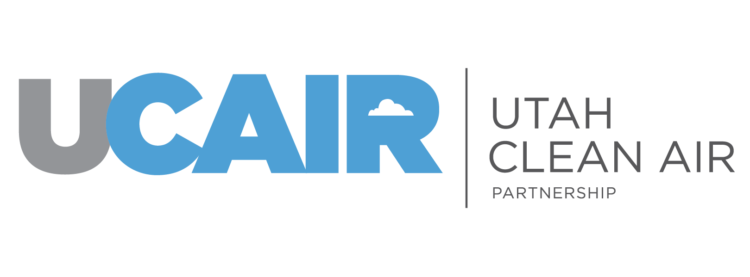Shortly after the start of the 2020 pandemic, Utah Foundation released a report, Work Away from Work: The Challenges and Promise of Teleworking, on remote work. It provided an overview of the potential benefits and pitfalls of the massive experiment in teleworking prompted by the pandemic.
This report – Part II – focuses on how remote work relates to air quality in Utah, provides new insights gained during 2020, and looks toward the future interplay of telework and air quality.
Special thanks to the Utah Clean Air Partnership (UCAIR) for its support for both reports.
Among the findings of the new report:
- Travel to and from work may account for nearly one-third of all passenger vehicle miles traveled.
- In Utah, over half of households have seen at least one person shift toward remote work – the largest increase among Mountain States.
- Air quality had initially improved during the 2020 economic shutdown due to a decrease in automobile traffic. However, Utah’s traffic has returned. The net impact on air quality remains to be seen.
- The expansion of remote work will remain in place to some degree beyond the end of the pandemic as employers and employees find that the benefits in some work arenas outweigh the drawbacks. However, some employers express concerns around collaboration, creativity and burnout.
- Some employees see telework arrangements as a means of obtaining more affordable housing in less-dense or even rural surroundings.
- Telework would benefit air quality to some degree. However, an increase in non-commute driving might negate some potential air quality improvements.
- A long-term decrease in traffic from remote work could simply entice other drivers to make longer and more frequent trips – re-absorbing capacity on Utah’s major roadways. However, remote work could be a cheaper approach to removing traffic from roadways than other strategies.
- A targeted push for periodic remote work – coinciding with periods of poor air quality – would produce improvements in emissions to counter the particulate matter during winter inversions and ozone smog
during hot summer days.



